Discover 35 Amazing Animals and How They Survive in Extraordinary Ways
From arctic foxes to honey badgers, the animal kingdom is full of amazing creatures that have adapted incredibly to survive in the wild.
From brutal climates to fierce predators, these 35 animals have mastered the art of adapting to remain some of the toughest and coolest creatures on the planet.
Snails and Their Strange Sleeping Habits
Do you know that some snails can sleep for an astonishing three years at a stretch? Amazing, isn’t it? But that’s not all! These slimy creatures have some of the most peculiar sleeping habits.
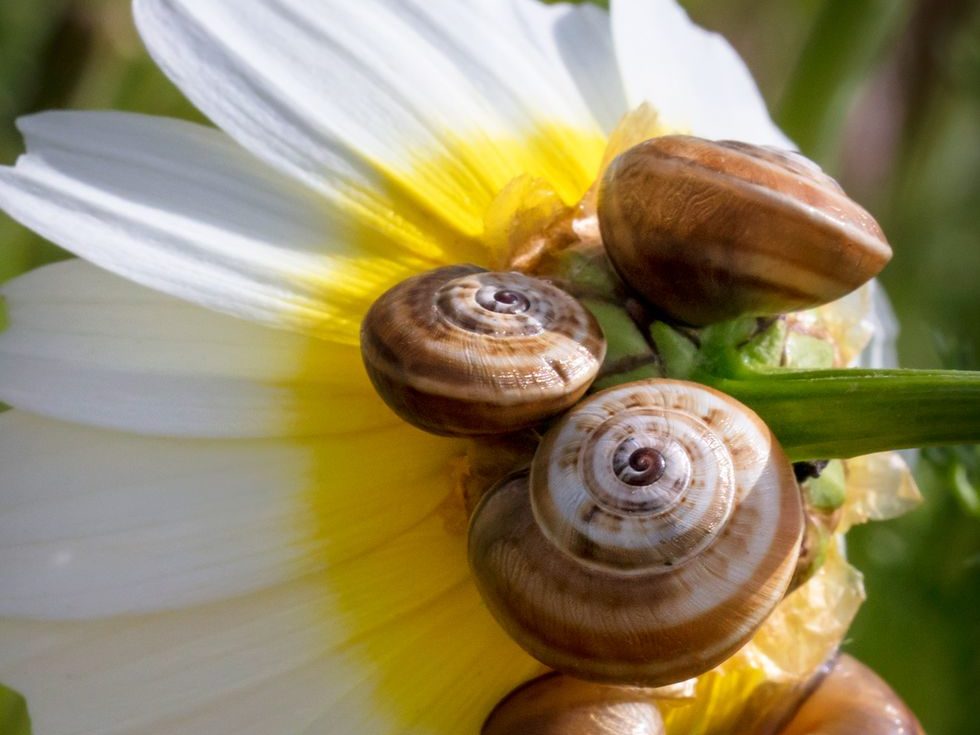
Source: Oscar Sánchez Photography
They often take short naps of several hours, followed by long episodes of staying awake for up to 30 hours. So it can be said that they are quite manic when it comes to sleeping! It’s all a part of their survival instinct, as they can go into hibernation when they sense they need to preserve themselves. Who knew snails had such fascinating sleeping patterns?
Head-Turning Owls: An Amazing Ability
Owls are incredible creatures that are possessed of a truly remarkable ability. With the help of their flexibility and a single socket pivot, they can swivel their heads in almost a complete circle!
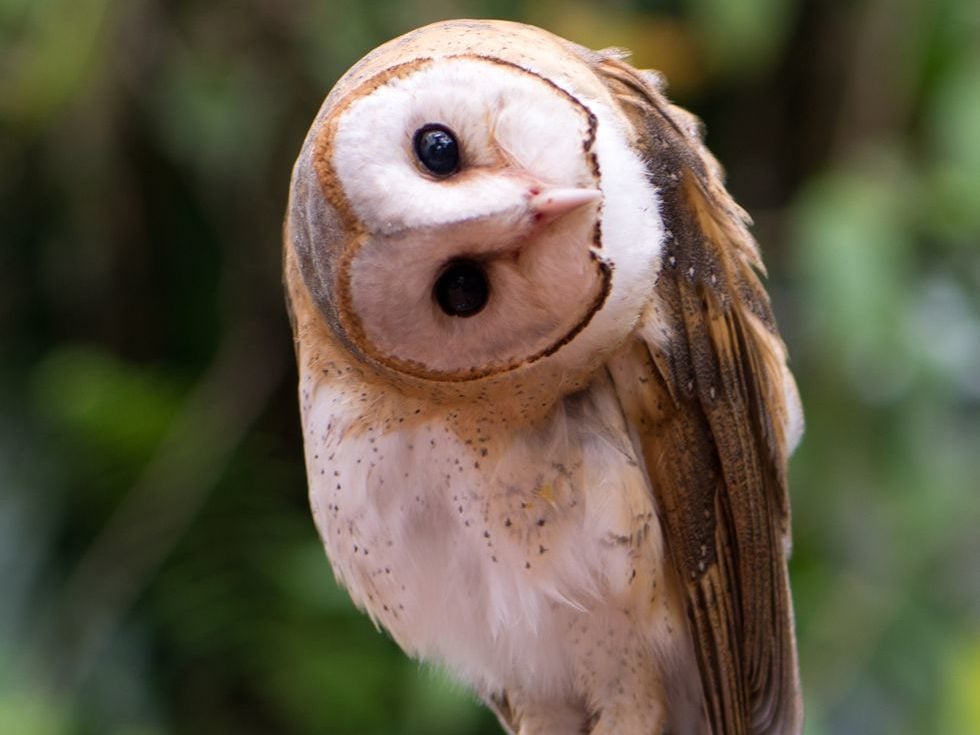
Source: Thanit Weerawan
Not only that, but researchers at Johns Hopkins have also discovered that these birds have backup arteries that supply them with enough blood and nutrients to keep them healthy even when their veins are cut off during extreme head turns. A remarkable feat that’s truly head turning!
Unbelievable Adaptability of African Lungfish
The African Lungfish is an incredibly adaptable creature that can survive in extreme circumstances. When the Lungfish senses danger, it secretes a mucus cocoon and burrows up to nine inches under the soil.
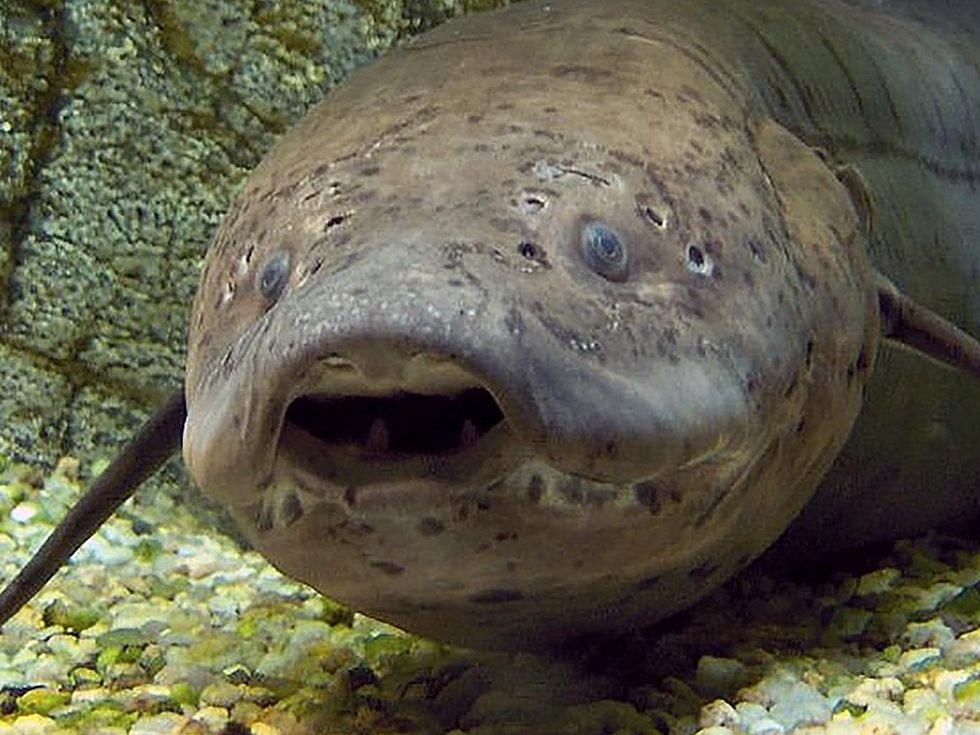
Source: Mathae/Wikimedia Commons
It then utilizes a built-in breathing tube that reaches the surface and takes air in to its lung. Astonishingly, the Lungfish can even breathe using rainwater when there’s no air available. Truly, the African Lungfish is a remarkable species with an amazing ability to adjust to its environment.
Danger Lurking in the Water: Electric Eels Can Kill
Electric eels are a hidden danger lurking in the water. Not only do they possess the power to generate a shock of up to 800 volts, enough to kill a horse, but the shock they emit is also capable of burning human skin.
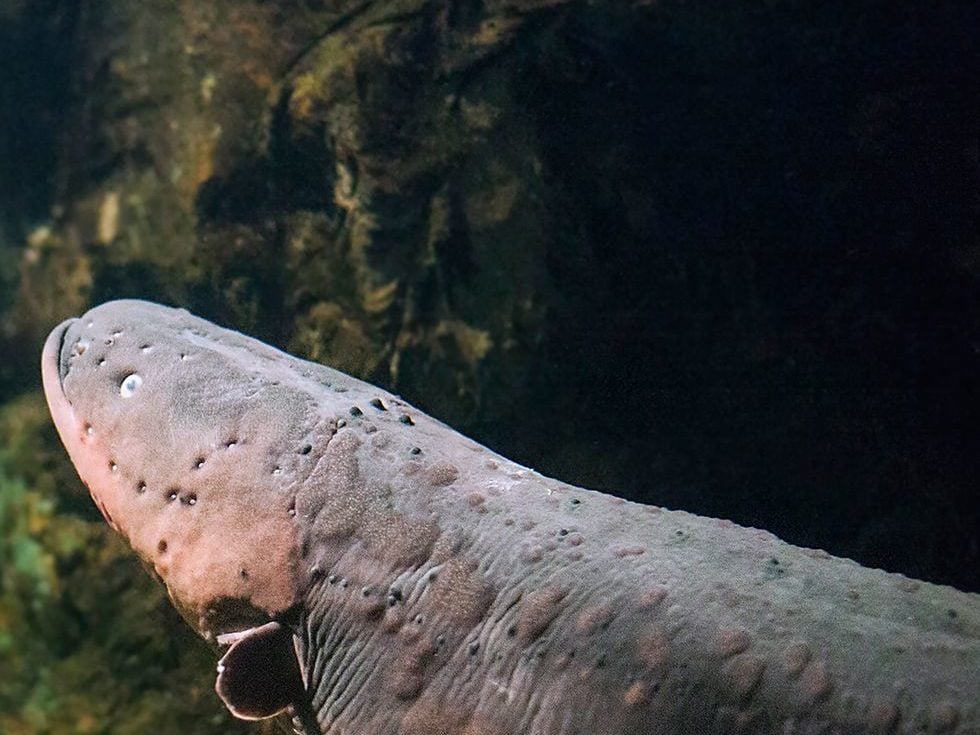
Source: dmf87
Even a shock of 600 volts, while not powerful enough to be instantly fatal, could knock an unsuspecting swimmer unconscious, leading to a potentially deadly situation. So, the next time you go for a dip, be sure to be aware of the potential danger of electric eels.
Avenging Stonefish: The Deadly Sting
The stonefish, a seemingly innocuous fish, is one of the most venomous creatures in the oceans. If you’re unfortunate enough to be stung by one, you’ll experience intense vasoconstriction, shock, paralysis, malaise, nausea and vomiting, sweating, delirium, pyrexia, cardiogenic shock, respiratory distress, and even death if not treated within a few hours with anti-venom.
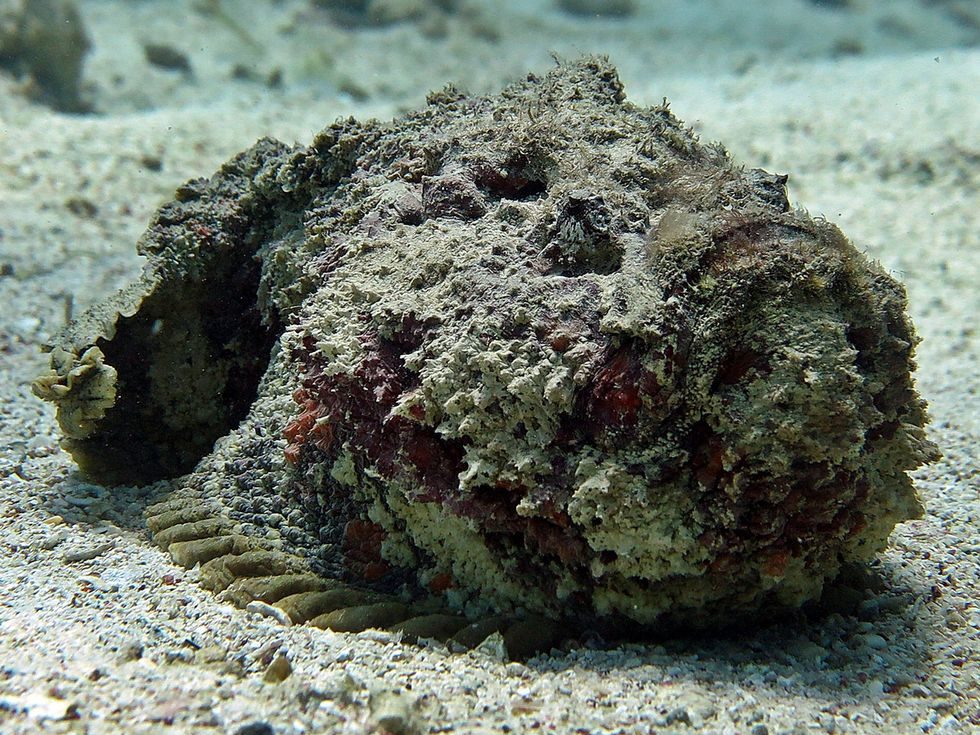
Source: Ahmed Sallam
Even if you survive, the effects of the sting can last days, weeks, and even months. So tread carefully around the stonefish and its deadly venom!
Uncovering the Mysterious Feeding Habits of the Whale Shark
Have you ever wondered what the world’s second-largest fish, the Whale Shark, eats? At an impressive 25 tons, this gentle giant has a surprisingly docile diet, mostly consisting of plankton, plants, and algae. However, it still has 4,000 teeth, which it uses for a unique filtration technique called “cross-flow filtration”.
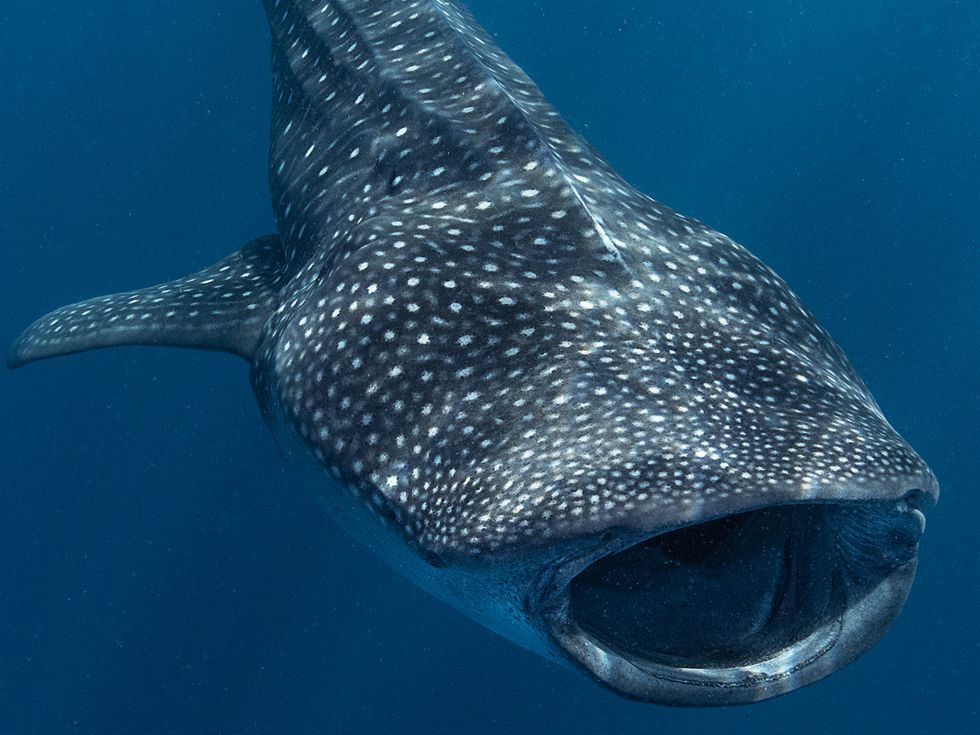
Source: Alastair Pollock Photography
This method is similar to the ones used by bony fish and baleen whales, allowing the Whale Shark to feed without having to hunt its prey. So, the next time you spot a Whale Shark, remember that there is much more to this incredible creature than meets the eye!
Jumping to New Heights - The Amazing Ability of Kangaroos
Kangaroos are truly amazing creatures capable of incredible feats. With their small front legs and a long, strong tail aiding their balance, they can leap an astounding 27 feet in a single bound!
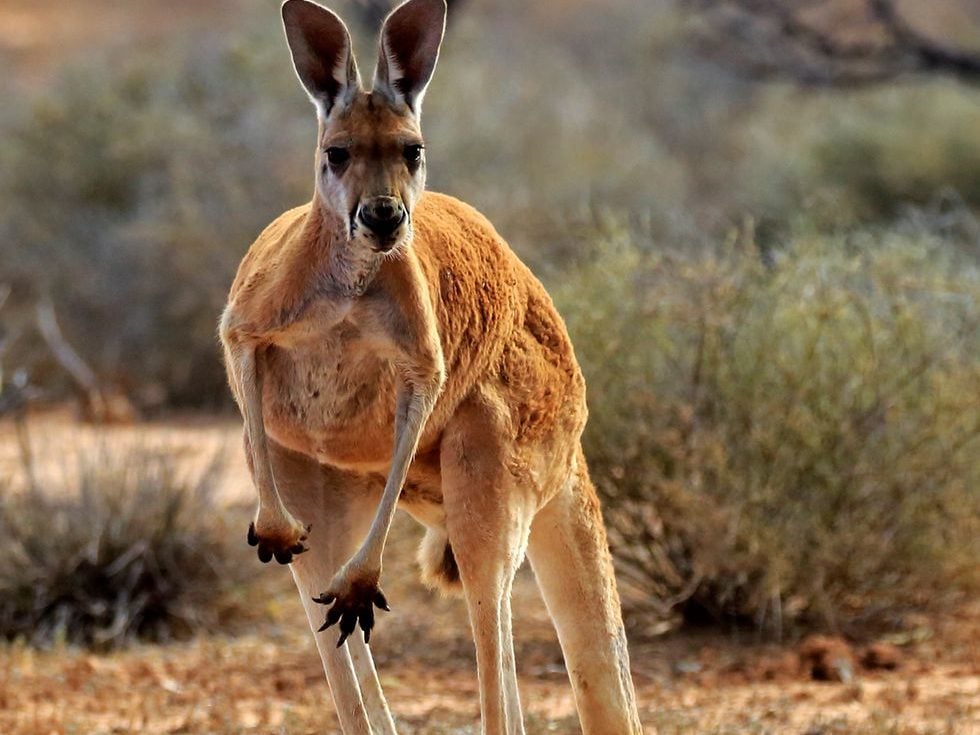
Source: Tier Und Naturfotografie J und C Sohns
This is a remarkable talent that has left many in awe. Not only is this impressive, but it also helps kangaroos escape danger quickly, giving them an edge in the wild. It’s no wonder that these fascinating animals have become such an iconic symbol of Australia. So next time you see a kangaroo, take a moment to appreciate its remarkable ability to jump to heights we can only dream of reaching!
The Tiny Terror: Mosquitoes Killing Millions Every Year
Mosquitoes may be tiny, but they are a global terror. According to the World Health Organization, millions of deaths a year can be attributed to these buzzing pests. From malaria to dengue to yellow fever, mosquitoes carry and spread a number of dangerous viruses and diseases.
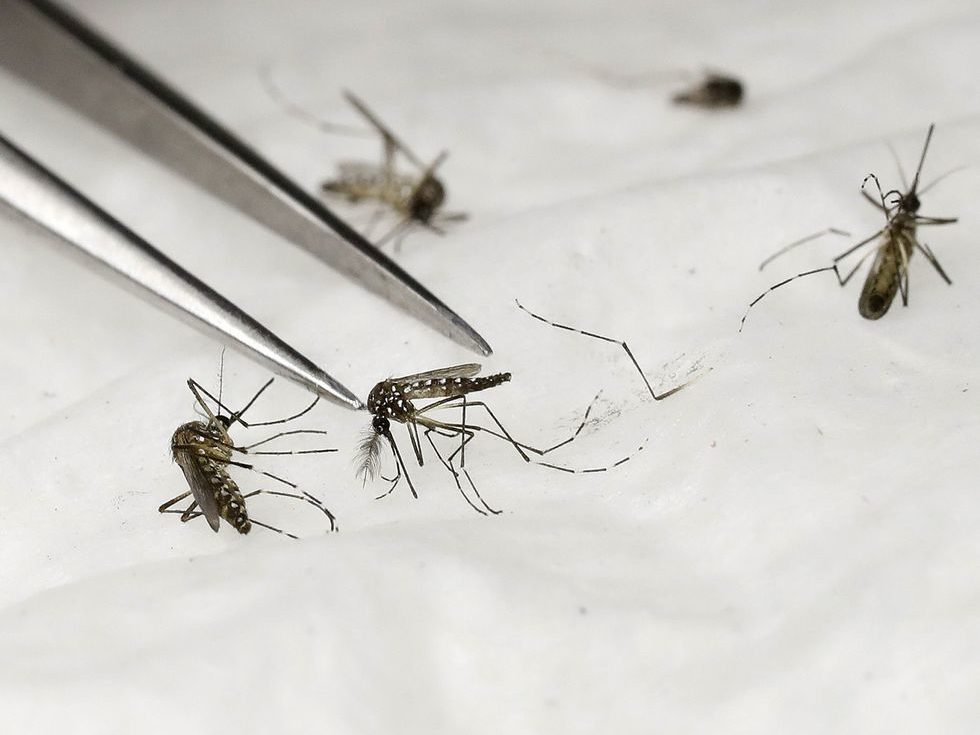
Source: PATRICK KOVARIK
In one year alone, the number of deaths due to malaria was a staggering 438,000. Mosquitoes are not to be underestimated – it is essential that we take action to reduce their prevalence and protect ourselves from their deadly effects.
Outrun the Black Mamba - Or Face the Consequences!
Do you think you could outrun the Black Mamba? Think again! This snake slithers up to an incredible 12.5 miles per hour – making it almost impossible to outpace. If it catches up to you and you’re unlucky enough to feel its fangs, you have just 20 minutes to find anti-venom or else you’ll be in serious trouble.
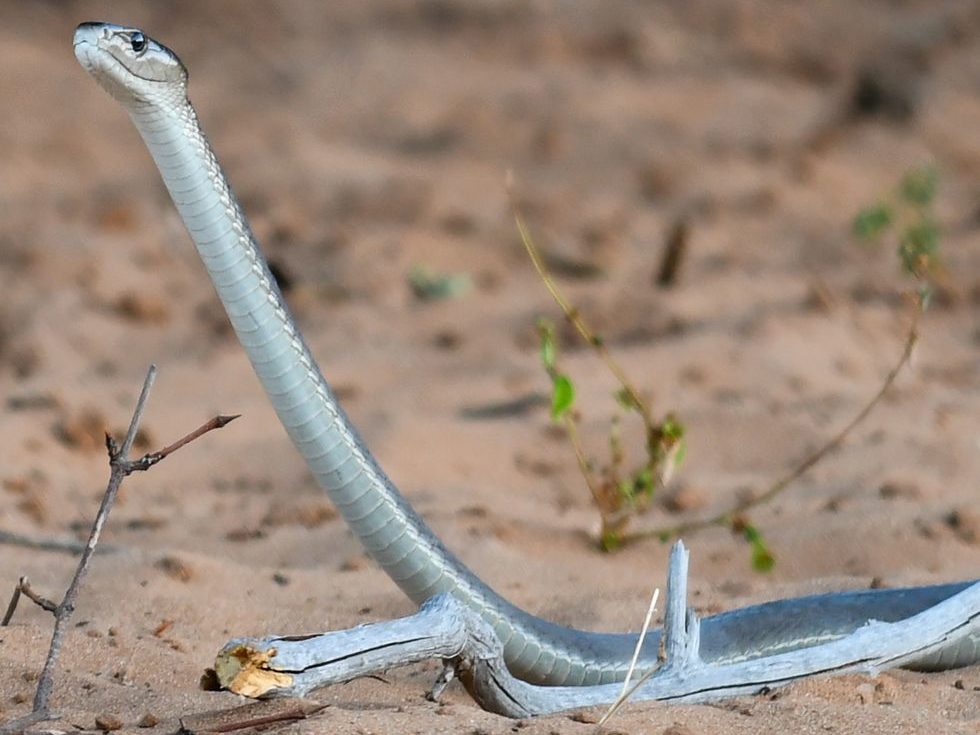
Source: ROBERT STYPPA
Shockingly, the Black Mamba is responsible for an estimated 20,000 deaths every year – a sobering reminder of how dangerous this snake can be.
Unbelievable Freezing Power of the Largest Insect on Earth
Have you ever heard of an insect that can freeze itself for months and survive? Meet the incredible, world’s largest, freeze-tolerant insect, that’s native to New Zealand. It can withstand freezing 80 percent of its body tissues and its survival is made possible by a special protein that prevents the formation of ice crystals in its blood-like fluid.
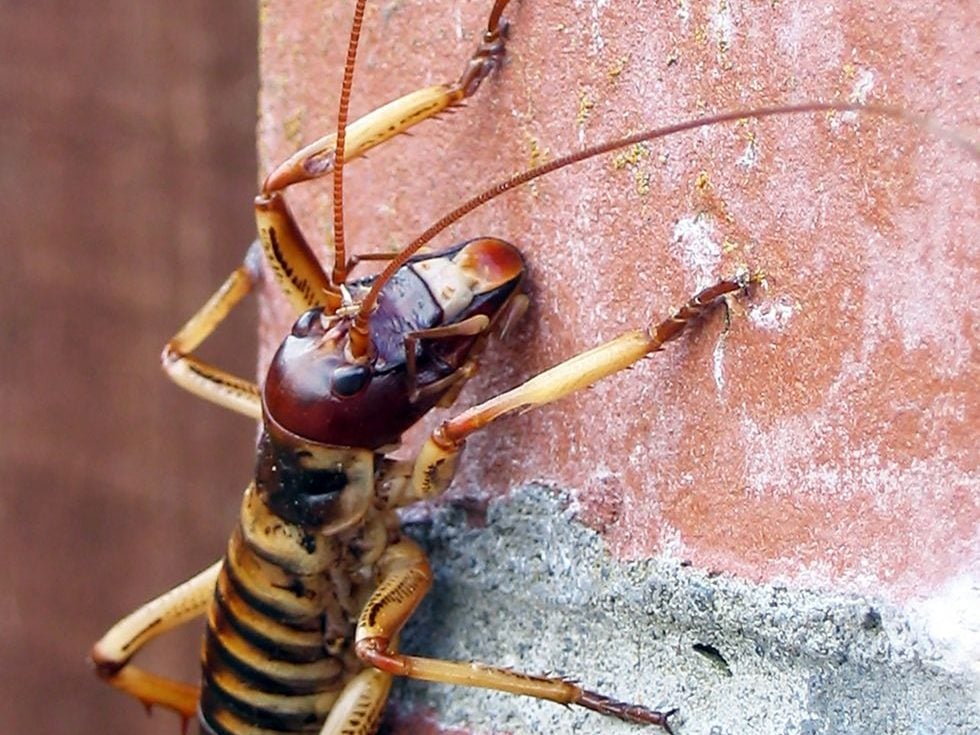
Source: gerard-creamer
This remarkable insect’s ability to survive drastic temperature changes has baffled scientists for years. Come explore the amazing freezing power of this insect and witness a remarkable adaptation to nature.
Incredible Strength of the Dung Beetle
Have you ever wondered what the strongest insect on Earth is? The answer lies in the amazing dung beetle. These resilient creatures have the ability to push balls of fresh animal poop that weigh up to 200 times their body weight!
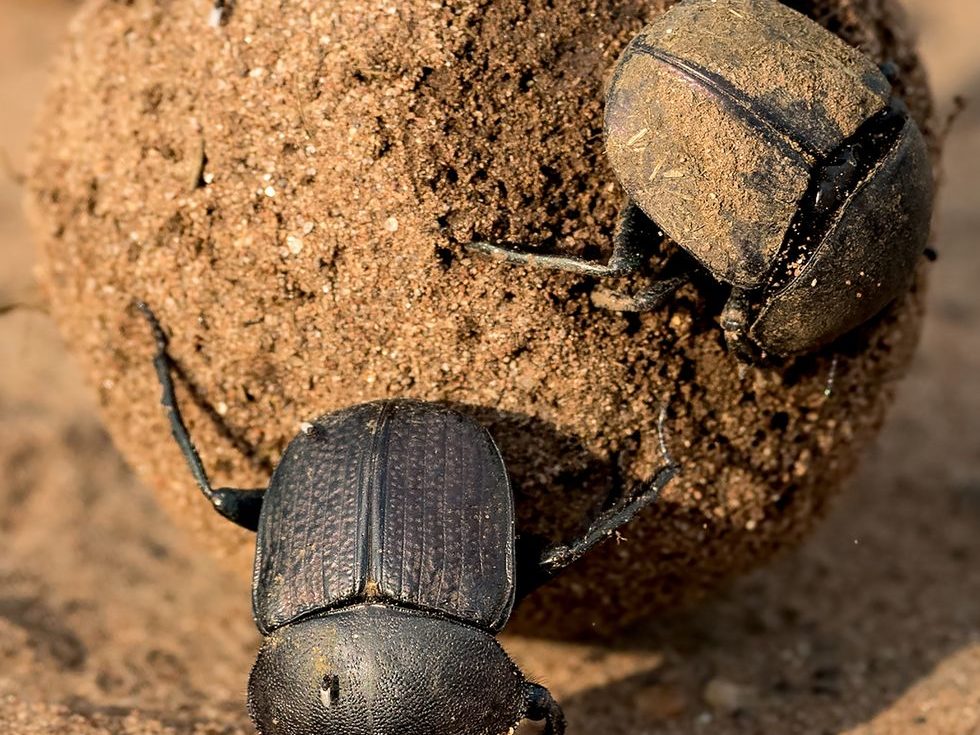
Source: Nimit Virdi
Even more impressive is the record-breaking individual dung beetle that was pushing a ball that was 1,141 times its body weight – the equivalent of a 150-pound person pushing 80 tons! It’s no wonder that the dung beetle is one of the most incredible insects on the planet.
The Painful Sting of the Tarantula Hawk
Don’t be deceived by its name, the tarantula hawk is actually a wasp – and one of the most painful insect bites you can experience. Entomologist Justin Schmidt created the “Schmidt sting pain index” to measure bug bite severity, with the tarantula hawk scoring a 4 out of 4 on the scale.
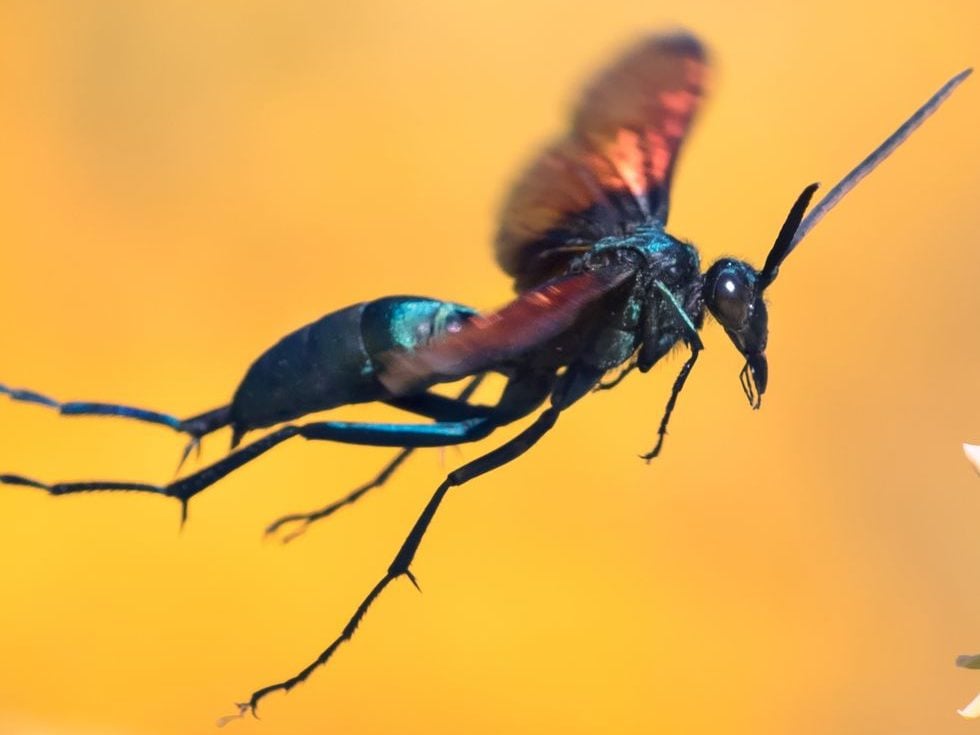
Source: Eric Lowenbach
This wasp packs an excruciating punch, leaving one with an intense burning sensation that can last up to a minute. So, the next time you encounter a tarantula hawk, be sure to take a wide berth around it!
Jaguars - Stealthy Predators with an Unexpected Twist
Jaguars are the epitome of stealthy predators, silently stalking their prey and delivering a fatal one-bite attack to the neck. But did you know that about 6 percent of the wild jaguar population have a mutation which results in them having no markings? That’s right, the same species of jaguars that usually have black spots can have no markings at all – what a surprise!
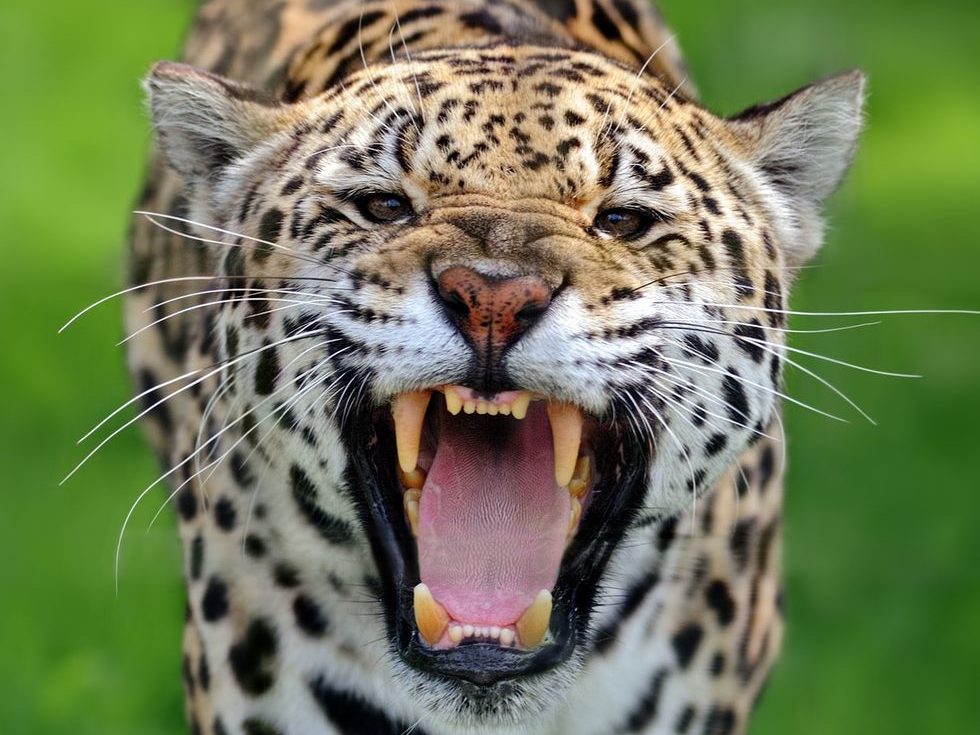
Source: Freder
These black jaguars, as they’re sometimes referred to, can be just as powerful and ferocious as their spotted counterparts.
Outrun a Hippo? Don't Even Try!
Have you ever heard of a hippopotamus running? Probably not – these hefty creatures are known for their laziness, spending up to 16 hours a day bathing in the water.
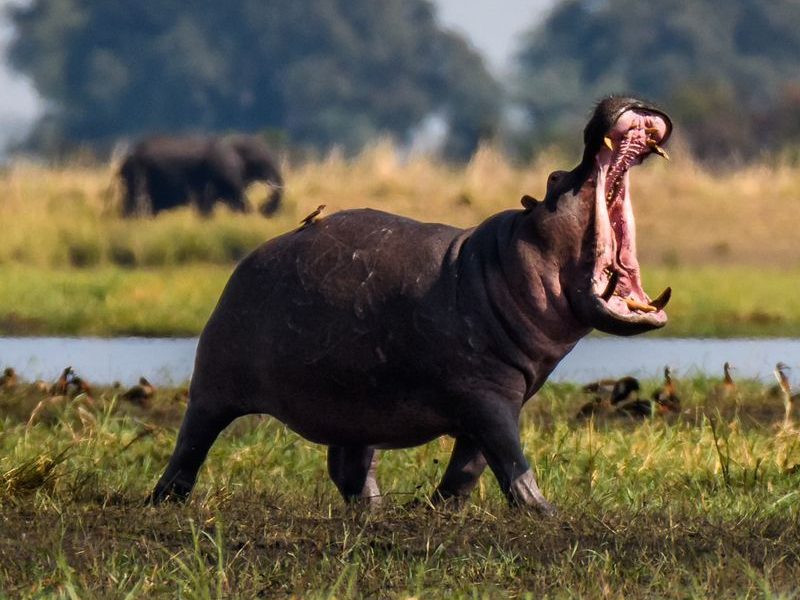
Source: N8tureGrl
However, what you may not know is that they can be surprisingly fast, and can easily outrun a human! In fact, hippos can reach speeds of up to 30 miles per hour, and weigh between 2,000 and 4,000 pounds. So, if you ever find yourself in a race against a hippo, you know what the outcome will be!
Unbelievable Eating Habits of Komodo Dragons
Have you ever heard of a dragon that can devour up to 80% of its own body weight in a single meal? Well, the Komodo dragons can do exactly that! These incredible reptiles can grow up to 10 feet long and weigh about 150 pounds, so that’s a lot of food!
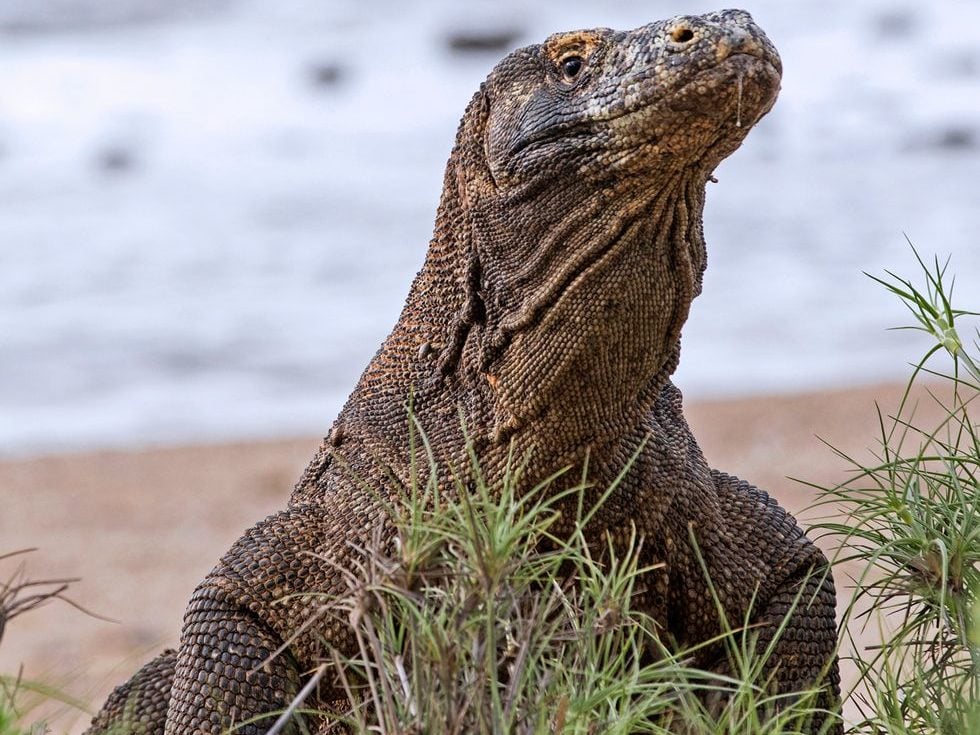
Source: Arterra
After the meal, they regurgitate all the indigestible parts such as bone, hair, feathers, and scales into foul-smelling gastric pellets. Truly some of the most impressive eating habits in the animal kingdom!
The King Brown Snake – Nature’s Venomous Powerhouse
Have you ever seen scientists milking a snake and collecting its venom in a beaker? If so, then you’ve likely encountered the King Brown Snake – the venomous powerhouse of the animal kingdom.
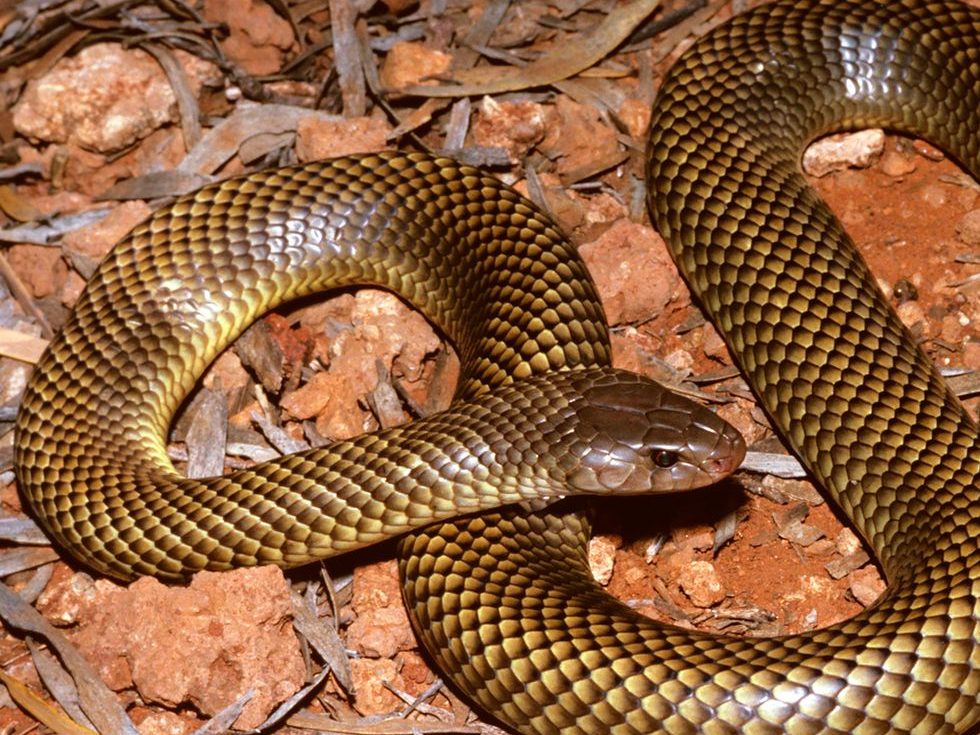
Source: Auscape
The King Brown can provide an astonishing 1.3 grams of dry venom on average with each milking, making it the snake with the highest venom volume in existence. It’s truly a remarkable creature, so next time you’re watching a video of snake milking, take a moment to appreciate King Brown’s incredible venomous abilities.
Meet the Devil with the World's Strongest Bite
Taz, the beloved Looney Tunes character, may be a lovable cartoon, but in the real world, the Tasmanian devil is nothing to be trifled with! A study has shown that the devil has the strongest bite on Earth, capable of exerting up to 94 pounds of pressure, for a Bite Force Quotient of 181.
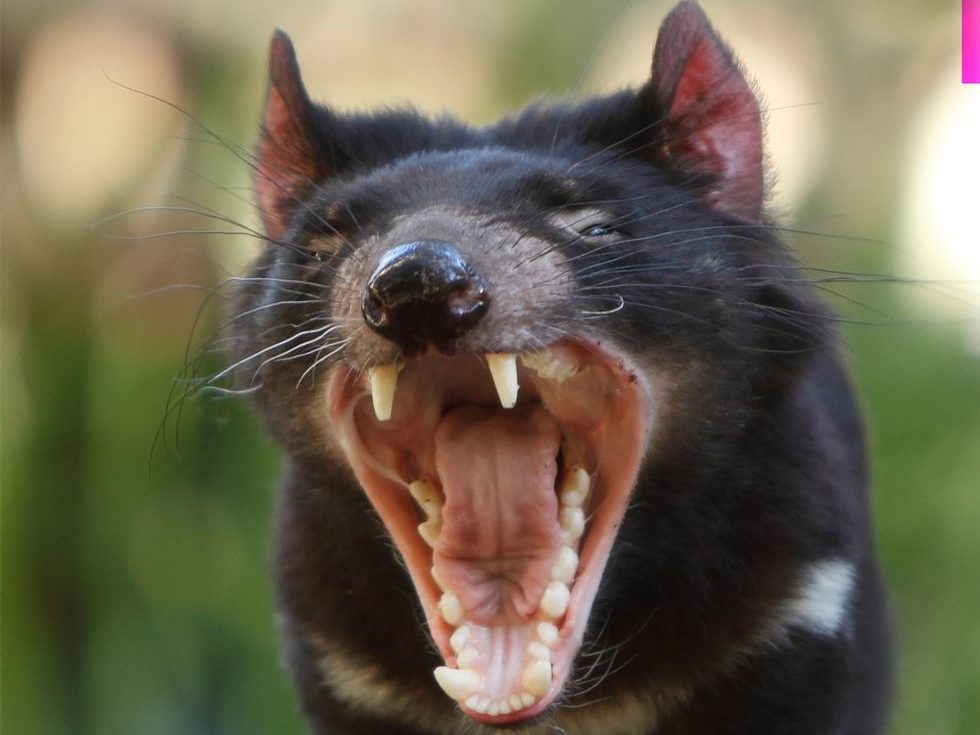
Source: CraigRJD
That’s almost twice as strong as a hyena and some 60 points higher than a lion – definitely a creature to be respected! Despite weighing only 20 pounds on average, the devil’s bite is a force to be reckoned with.
Emperor Penguins: Masters of Arctic Survival
The Arctic is one of the harshest environments on Earth, with temperatures plunging to -40 degrees Fahrenheit. But this doesn’t stop Emperor Penguins from inhabiting the icy seas.

Source: Wolfgang Kaehler
These birds have mastered the art of survival in their cold habitat, diving up to an impressive 1,755 feet to find food. Despite the extreme conditions, they determinedly thrive in their frigid home. Emperor Penguins are a testament to the power of resilience and adaptability in the face of challenging odds.
Smelly Standoffs: The Unique Conflict-Resolution Tactics of Ringtail Lemurs
Ringtail lemurs have one of the most unusual conflict-resolution tactics of all animals – stink fights! During the breeding season, competition between males can escalate in their large social groups of up to 30 lemurs.
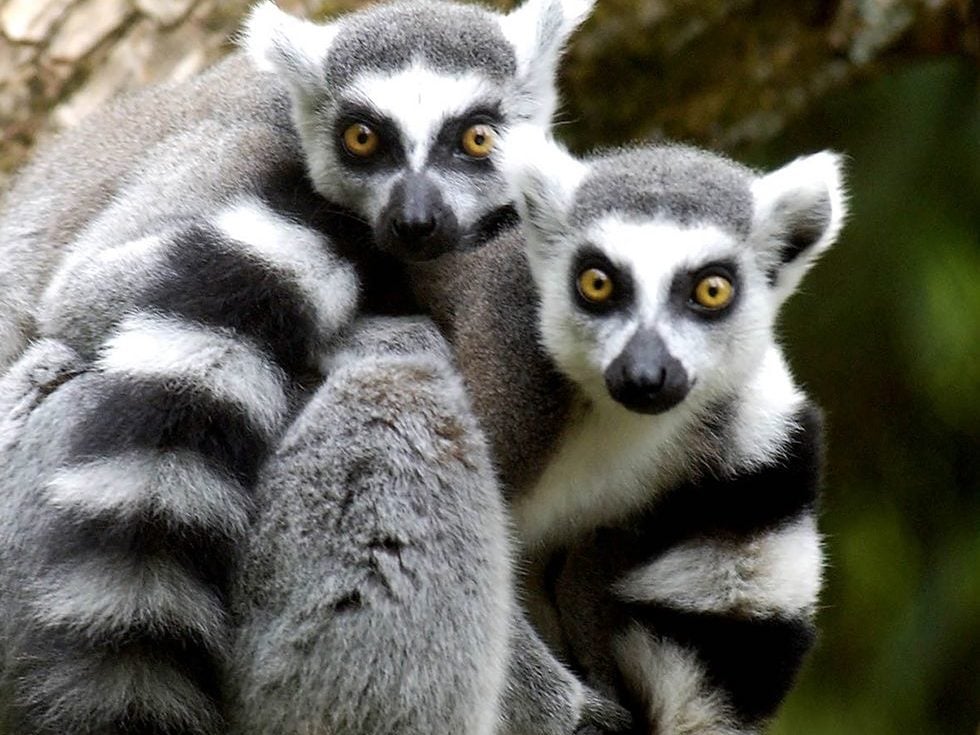
Source: mstrasinger
These fascinating creatures possess unique scent glands – one on their wrists and one on their shoulders – that they use to waft a fragrance toward their rivals, resulting in a smelly standoff until one of them backs off. The wrist gland produces a volatile, short-lived odor, while the shoulder gland produces a brown, toothpaste-like substance, which is much longer lasting. It’s an amazing sight – and stench – to behold!
Incredible Pregnancy: African Elephants Take Two Years
Nine months may seem like a long time to wait for a baby, but for African elephants, it’s just the start. These incredible creatures have the longest pregnancy of any mammal, lasting up to two full years!
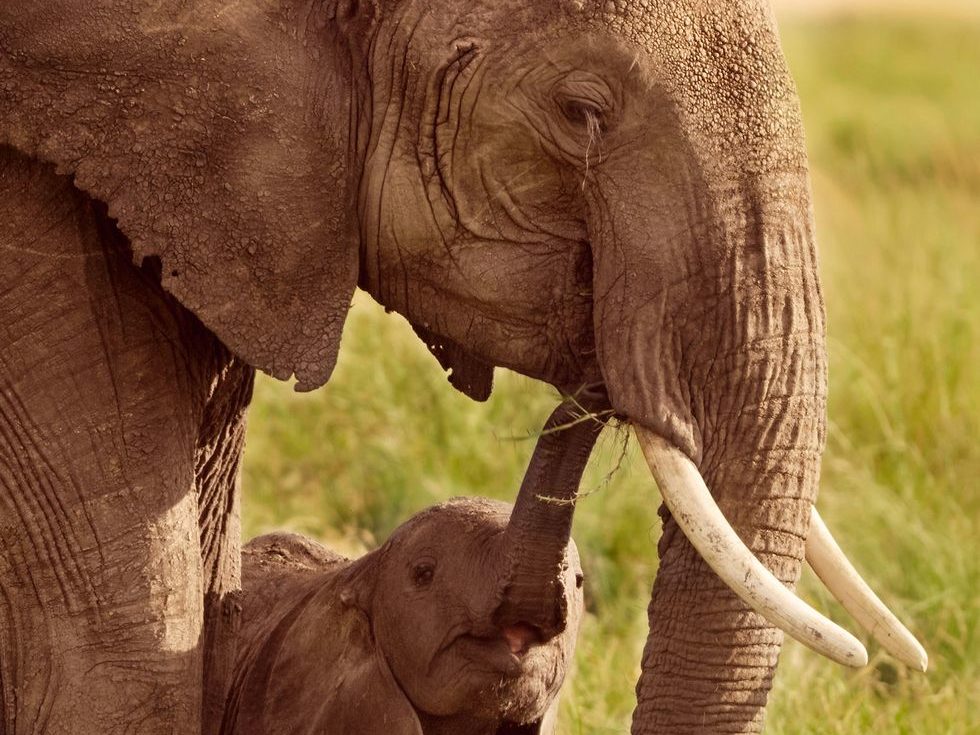
Source: Adria Photography
Scientists aren’t sure why it takes so long for an elephant to develop, but it might have something to do with their impressive cognitive abilities. African elephants have highly developed brains, allowing them to form intricate social relationships and utilize advanced problem-solving skills. It’s no wonder their pregnancies take so long!
Camels' Amazing Ability to Survive in the Desert
Camels are incredible animals, able to survive in the most arid environments on Earth. They are capable of traveling great distances with limited water resources, and when they do have access to water, they can gulp down an amazing 30 gallons in just 15 minutes!
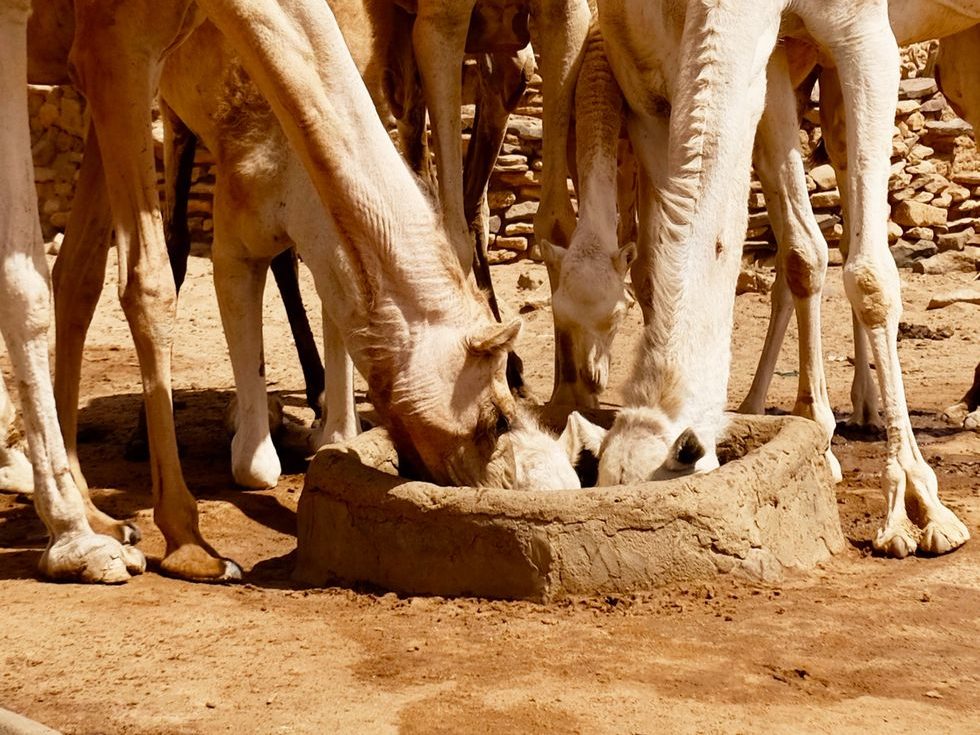
Source: Alan Mcgowan/EyeEm
They have truly mastered the art of staying hydrated in the desert. Thanks to their impressive capacity and resilience, camels have been a vital, go to, mode of transport for people in desert regions for centuries.
The Miracle of Male Seahorses: See How They Carry 2,000 Babies at a Time!
Behold the miracle of nature! Male seahorses are a unique species in the animal kingdom, endowed with two special abilities – not only are they the ones that give birth, but they can carry up to 2,000 babies in a single pouch on their stomachs!
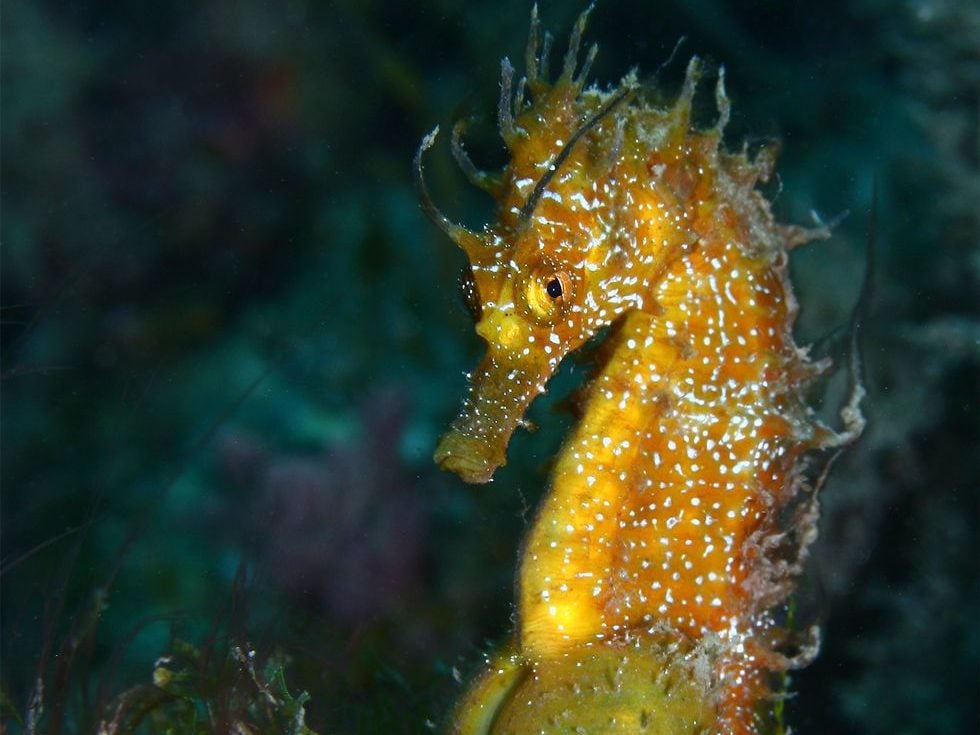
Source: _548901005677/Getty Images
How does it work? After the female deposits her eggs in the male’s pouch, the male carries the pregnancy for 10 to 25 days, depending on the species. After that, he gives birth to the 2,000 eggs. Truly a marvel of nature!
Uncovering Our Koala Cousins: Human Fingerprints and Koalas Share a Surprising Similarity
Have you ever wondered how close koalas are to us humans? In a remarkable discovery made in 1996, a team of anatomists at the University of Adelaide in Australia uncovered a fascinating similarity between us and our furry marsupial cousins.
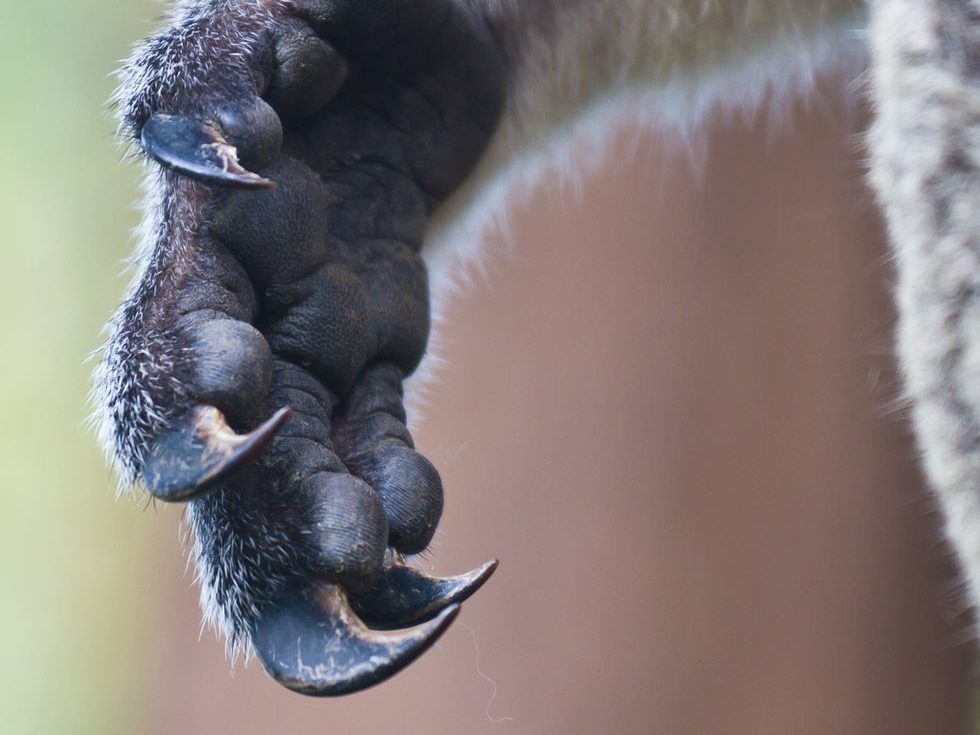
Source: konmesa
It turns out that koala fingerprints and human fingerprints are almost indistinguishable from one another. While this might seem like a curious coincidence, the similarity is likely due to the fact that koalas are the ancestors of primates. So next time you see a koala, remember that we share more in common than you’d think!
A Special Bond of Love - Male Pigeons and Parenting
Male pigeons are known to have a special bond of love with their partners and share the responsibility of parenting. They typically take on the task of incubating the eggs laid by their female partners from mid-morning to late afternoon, while the females take over the shift in late afternoon until mid-morning the following day.
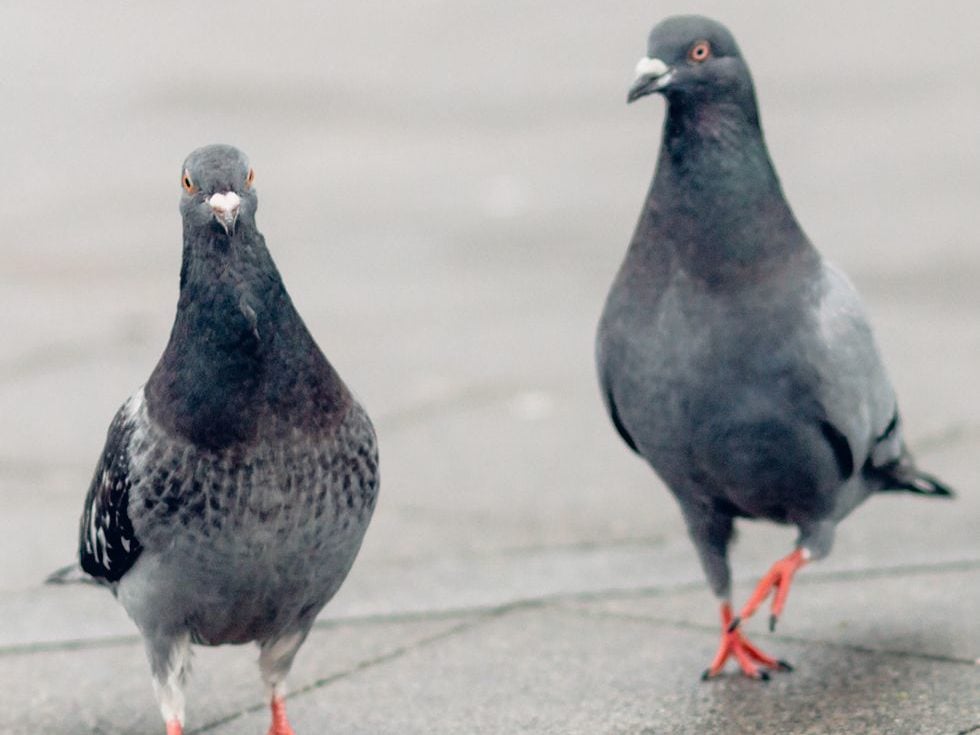
Source: Wesley Martinez Da Costa/EyeEm/Getty Images
When the young are born, both parents take part in feeding them by regurgitating a milky liquid substance. This is a unique example of how male pigeons show their strong commitment towards parenting and their long-lasting and monogamous bond with their mates.
Sharks' Unbelievable Blood-Sensing Abilities
With their reputation for being cold-blooded killers, it’s not hard to believe that great white sharks have an uncanny ability to detect even the smallest drop of blood from a long way away. Studies have shown that these majestic creatures can sense blood from a whopping three miles away.
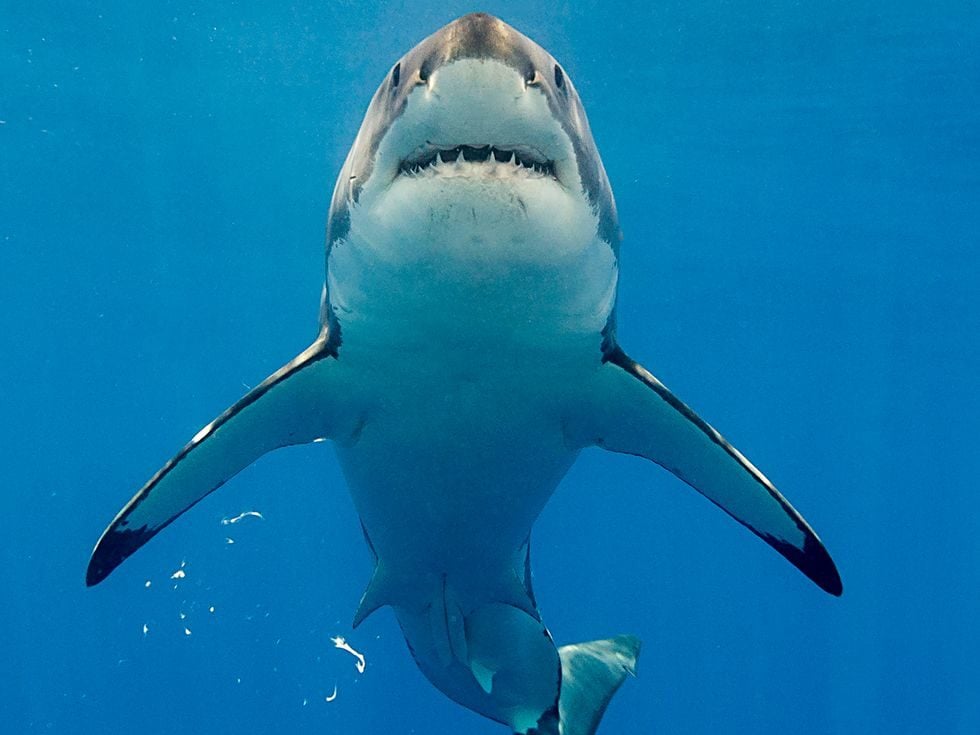
Source: wildestanimal/Getty Images
Even more astonishing, they can detect a mere drop of blood in a 25-gallon bucket! Not only does this highlight the incredible sense of smell of sharks, but it also confirms that these animals can be just as dangerous as thought.
The Fearless Honey Badger: Taking on Anything and Everything!
The honey badger is an animal to be reckoned with. With their ability to withstand venom, they are fearless in their pursuit of anything and everything that moves. From bugs to birds, crocodiles, and pythons, they do not hesitate to take them on.
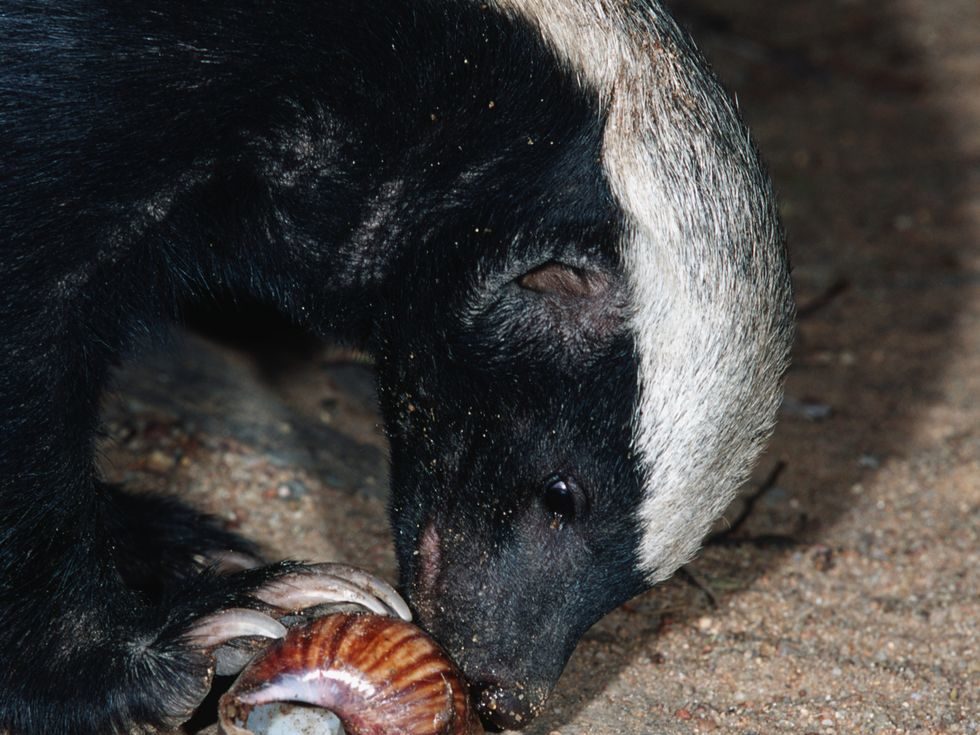
Source: Gallo Images/Getty Images
Even more incredibly, these animals have evolved to digest entire animals, bones and feathers included. Truly, the honey badger is one of the most vicious animals on the planet, fearlessly taking on all that comes its way.
Unlock the Danger of the World's Most Venomous Snake: The Inland Taipan
Be warned! The Inland taipan is the most venomous snake in the world. Its median lethal dose for mice is as low as 0.025mg/kg, and its venom is capable of attacking the human nervous system, blood, muscles, and organs.
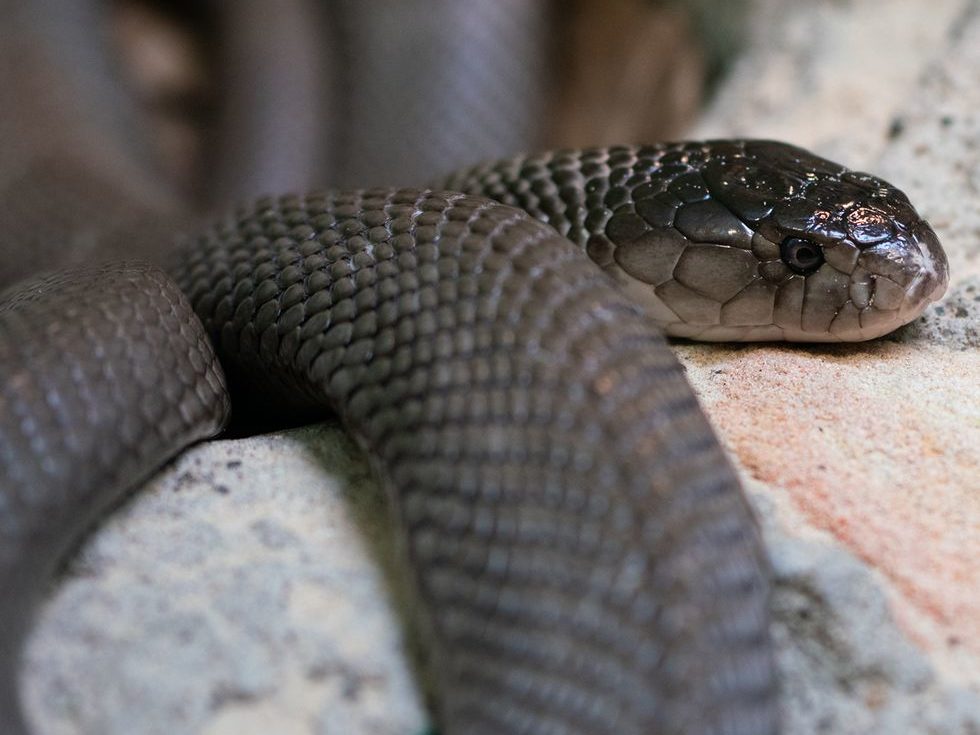
Source: Julien Viry
This lethal reptile only hunts mammals, making it a deadly danger to humans. Don’t be fooled by its small size, this snake packs a powerful punch and can quickly become a deadly threat. Be sure to stay alert and keep your distance if you ever come across this snake!
The Miraculous Power of Salamanders: How They Can Regenerate Lost Limbs
Have you ever heard of animals that can regrow lost limbs? It sounds like a superpower from a sci-fi movie, but it’s reality for salamanders! These aquatic creatures have the remarkable ability to regenerate parts of their brain, heart, lower jaw, spinal cord, and even entire limbs.
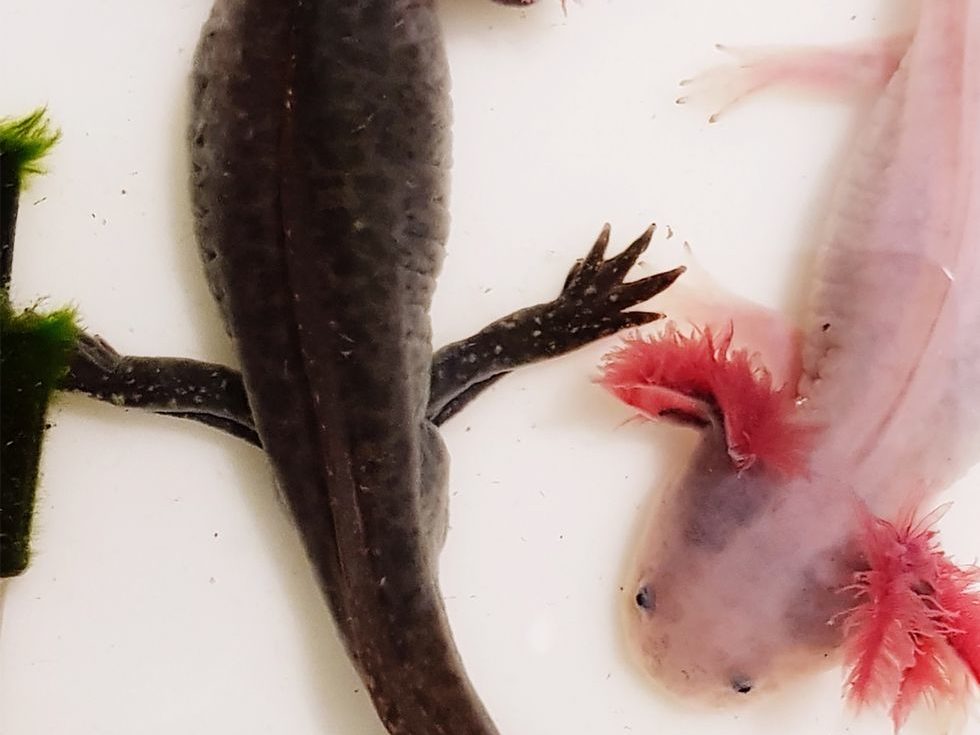
Source: menshealth.com
Scientists are now studying these remarkable creatures to better understand the process, with the hope of using this knowledge to help humans in the future. Who knows, maybe salamanders could hold the key to unlocking amazing new medical treatments!
A Gender-Fluid World: The Remarkable Journey of the Clownfish
The clownfish is a remarkable creature that experiences the gender spectrum over its lifetime. Initially, they are all born male but some can transition into females, a process scientifically known as sequential hermaphroditism.
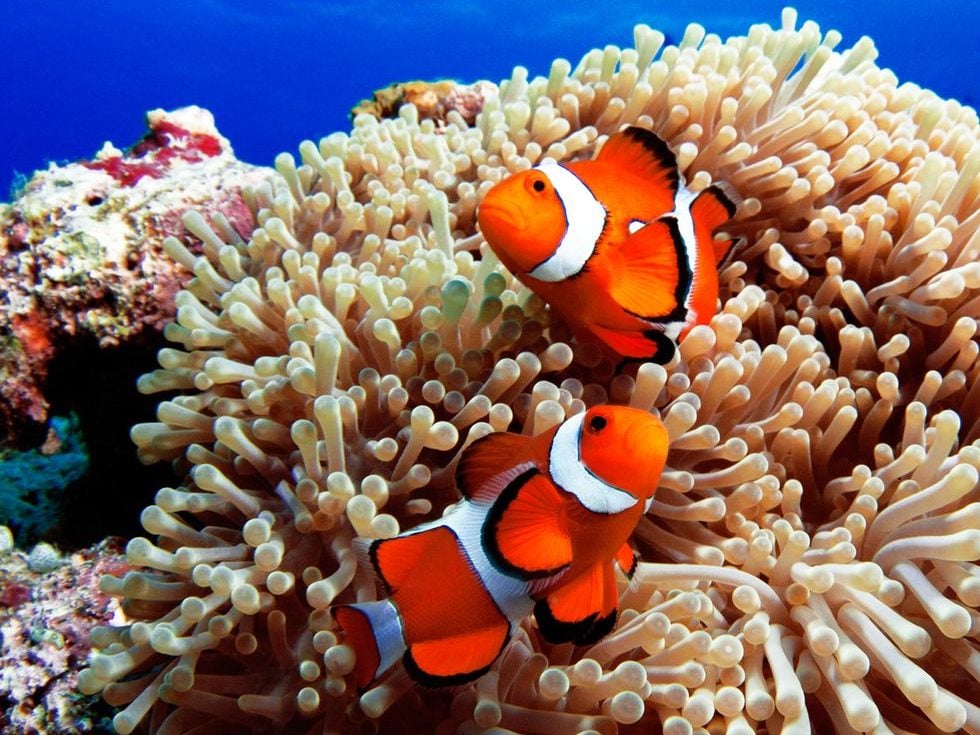
Source: Lotus41/Getty Images
Both sexes are equipped with both male and female parts, and if the alpha female dies, some males can make the switch. This unique ability allows clownfish to survive in the wild and adapt to their environment. It’s a fascinating journey that illustrates the gender fluidity that exists in nature.
Punching its Way to the Top: The Peacock Mantis Shrimp
The peacock mantis shrimp is a force to be reckoned with! This relative of crabs and lobsters packs a powerful punch, with a speed of 50 miles per hour – faster than a .22 caliber bullet!
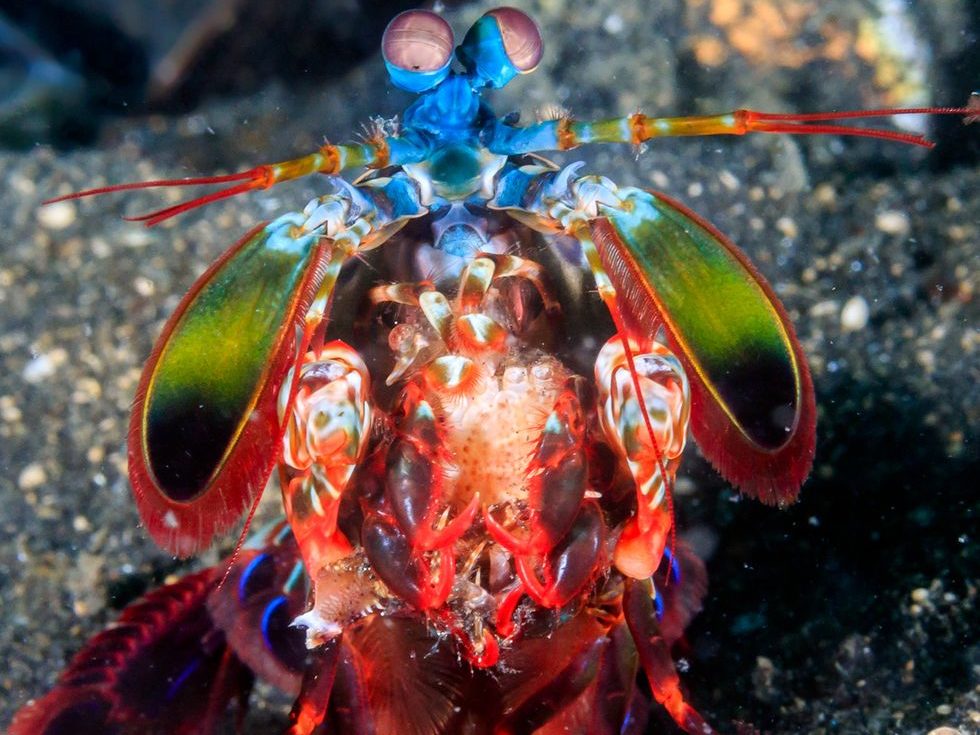
Source: WhitcombeRD
Its impressive strength is believed to have been developed over time in order to out-maneuver other hunters in its overcrowded and competitive rock crevice habitat. With its powerful punch, the mantis shrimp is able to impale its soft-bodied prey, like fish, with ease. Truly an incredible creature, the peacock mantis shrimp is sure to leave you awestruck.
The Unbelievable Survival Story of Tardigrades
Tardigrades have been called the toughest animals on the planet – and it’s easy to see why. Measuring in at just 1.5mm, these microscopic creatures are capable of surviving in some of the world’s most extreme conditions, from the depths of the ocean to the summit of Mount Everest.
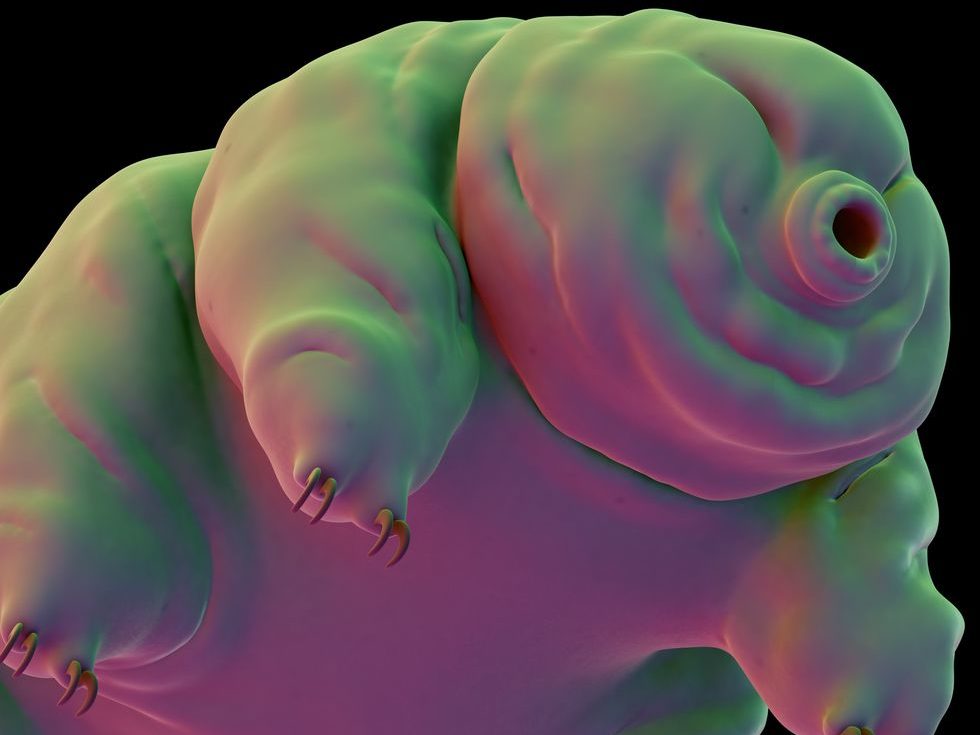
Source: SEBASTIAN KAULITZKI/SCIENCE PHOTO LIBRARY/Getty Images
Even more remarkable is the fact that they are the first animals known to survive in space. Scientists believe their remarkable aptitude for survival is due to the ability to enter a type of hibernation state in order to withstand periods of extreme drying. Truly remarkable!
Unleashing the Predator in You: The Assassin Bugs of Malaysia
Crafty and cunning, assassin bugs of Malaysia put the predator in predator. These expert predators are known to hunt ants, and then turn the bodies of their victim’s exoskeletons into their own armor.
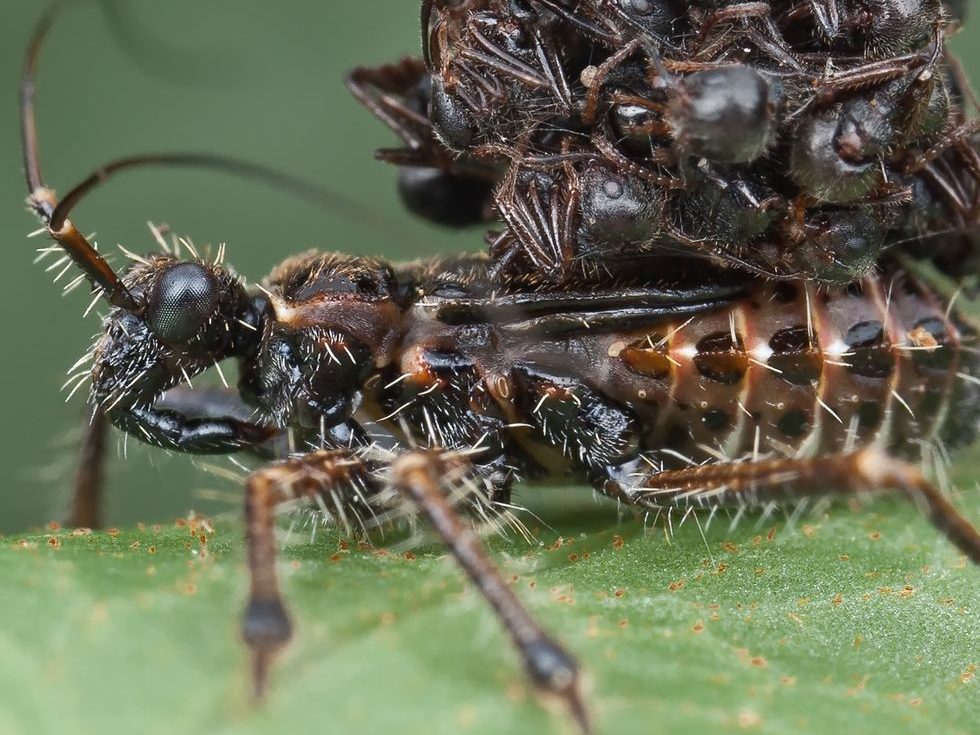
Source: up close with nature/Getty Images
After liquefying and consuming the insides of their prey, the assassin bugs use their new armor to confuse predators, making them an impressive sight to behold in the wild. Not only do they have an inventive approach to survival, they also have an impeccable sense of style. Talk about killing two birds with one stone!
The Incredible Immortality of Jellyfish
Have you ever heard of a creature that can revert back to a polyp and be reborn again? That’s exactly what the immortal jellyfish does! This incredible species has been found to be able to regenerate itself in response to physical damage or starvation, essentially reverting them back to a polyp and then being born again.
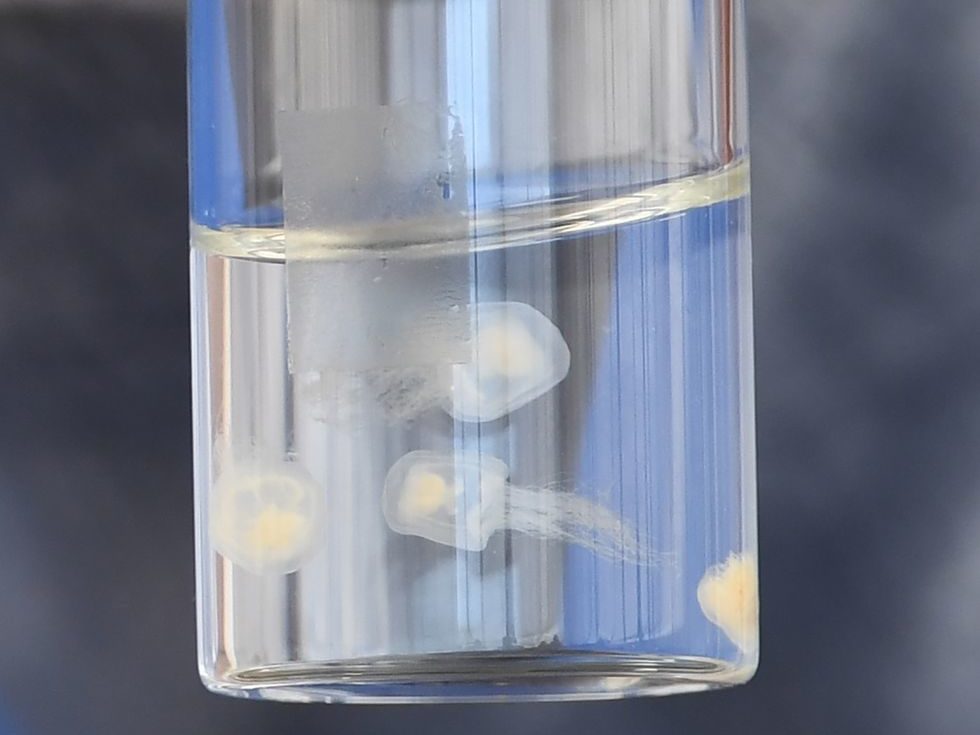
Source: Ian Gavan
Amazingly, research has found that the reborn polyp is genetically identical to the adult it was before. Truly, the immortal jellyfish is a marvel of nature!
Barn Owls’ Divorce Rates: Even Nature Can't Escape Its Troubles!
Divorce isn’t exclusive to humans – even barn owls have been known to split up. Recent research has revealed that 25 percent of barn owls, who are known to typically mate for life, have gone through a divorce.
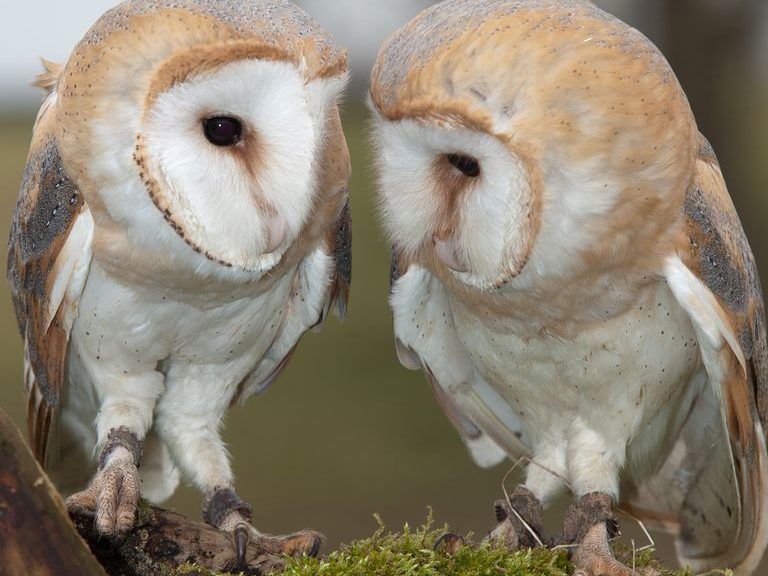
Source: Colin Carter Photography
It seems that the main cause of the split is young male owls who opt to ‘downgrade’ and choose a less attractive female the second time around. (Perhaps not so similar to some humans!) Whether they regret their decision or not, it’s a strong reminder that even animals are capable of experiencing relationship troubles – just like us!
Fascinating Feasting Habits of Bengal Tigers
The majestic Bengal tiger is native to India and is an apex predator. But did you know that this carnivore can devour up to 60 pounds of meat in one meal?
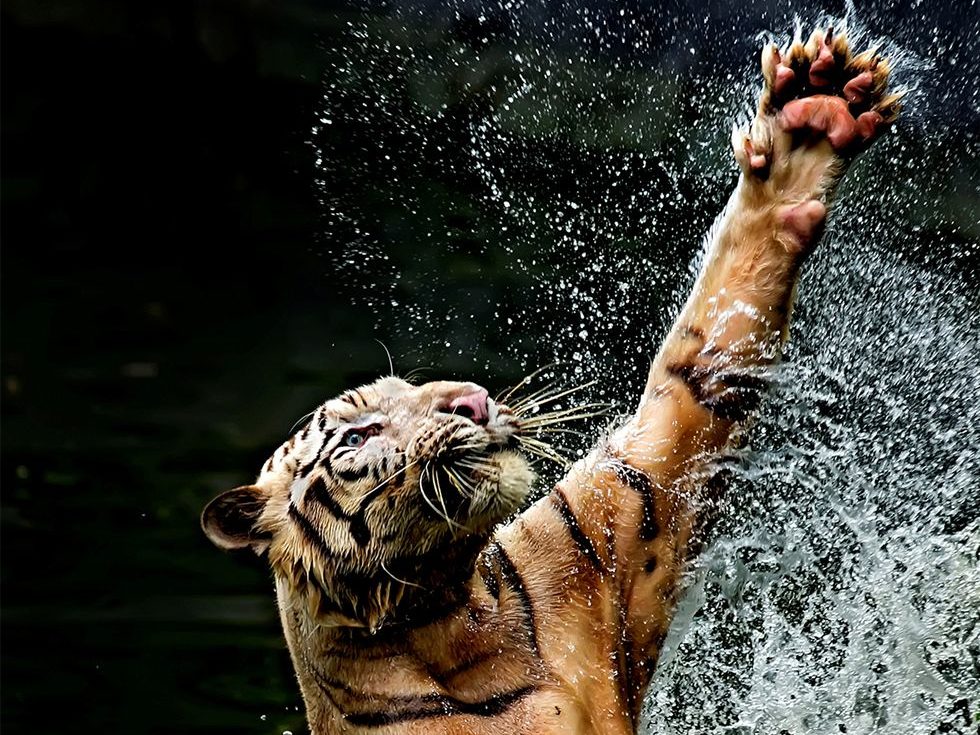
Source: toni/Getty Images
If the tiger isn’t able to finish its meal, it has the remarkable ability to bury it in the ground and save it for later. This is a fascinating adaptation that ensures the tiger never goes hungry! Bengal tigers are truly amazing creatures and their feasting habits are truly remarkable.
